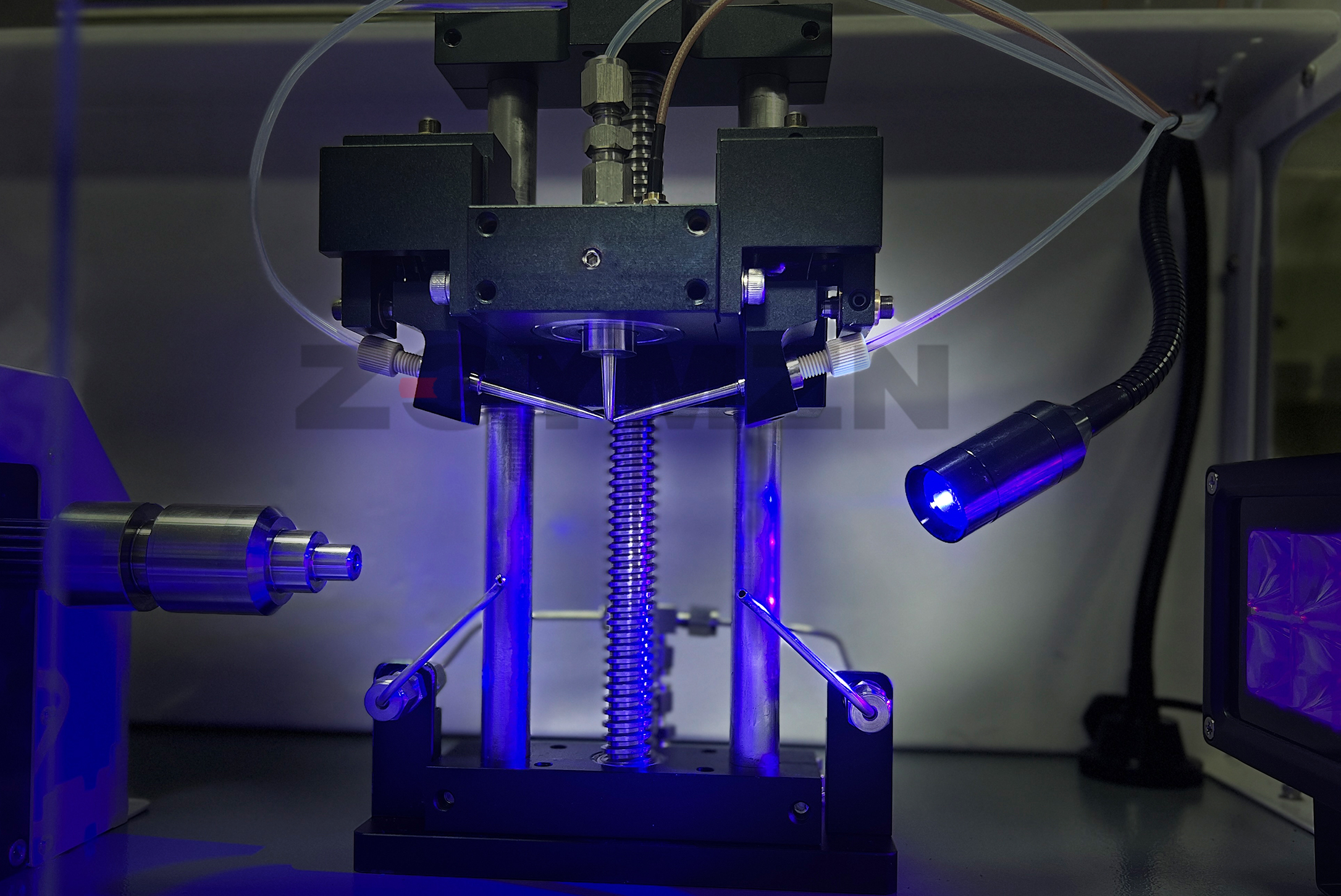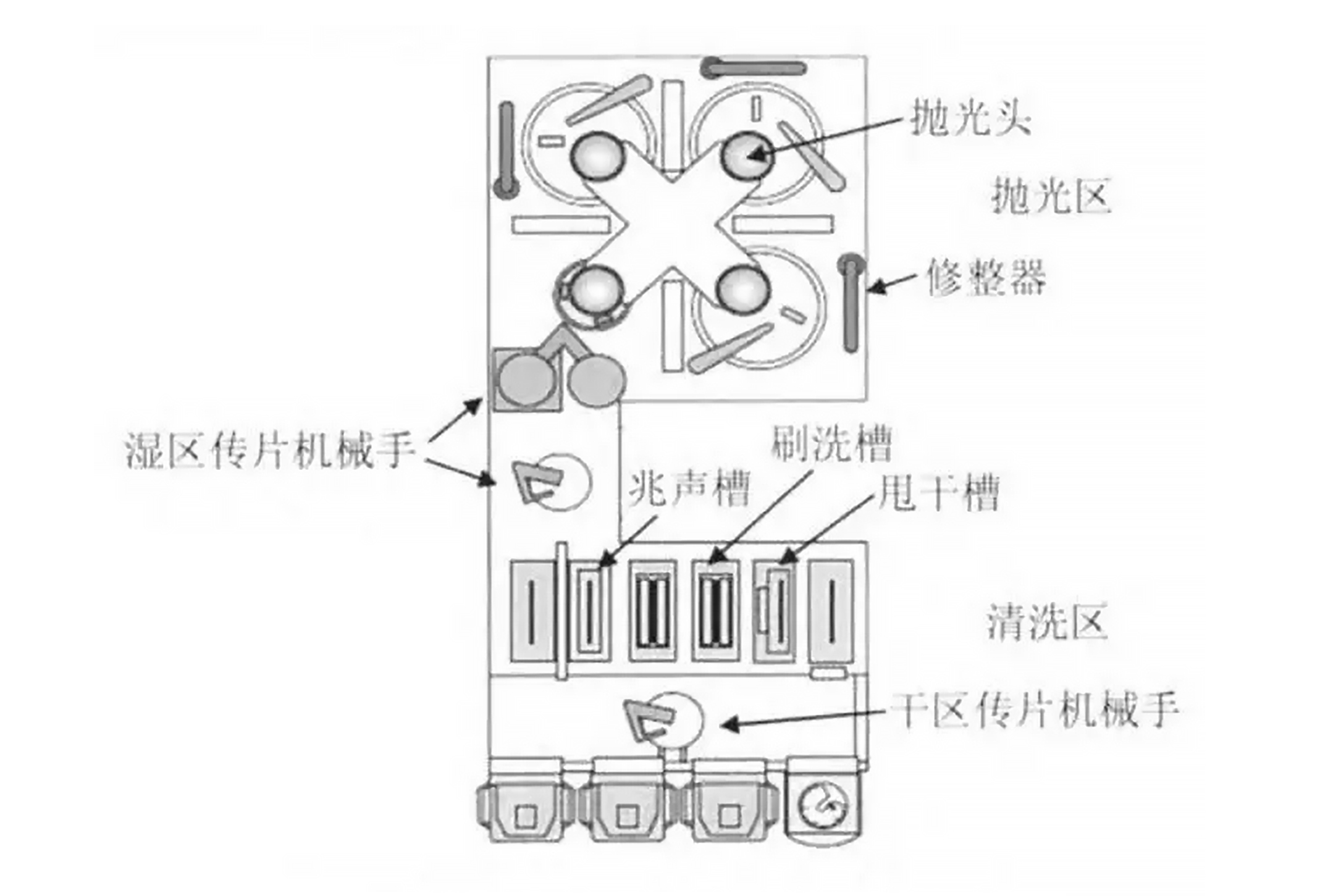google-site-verification: google0228a1feb97d321e.html
google-site-verification: google0228a1feb97d321e.html
google-site-verification: google0228a1feb97d321e.html
google-site-verification: google0228a1feb97d321e.html
google-site-verification: google0228a1feb97d321e.html
google-site-verification: google0228a1feb97d321e.html
The ultrasonic cleaning can be divided into ultrasonic cleaning (<100 kHz) and megabound cleaning (800~2 000 kHz) according to the different vibration frequencies of the transducer. The vibration frequency of the transducer affects the size and density of bubbles formed in the liquid, thus affecting the intensity of cavitation. When the frequency is lower, the bubble size is larger and the density is lower. When the frequency increases, the bubble size decreases and the density increases. The larger the bubble size, the greater the impact force when collapsing, the greater the ability to remove particles, but also the greater the damage to the wafer surface. The cavitation intensity is different at different frequencies.
In ultrasonic and megabound cleaning, although cavitation and acoustic flow both exist, they play different roles. In ultrasonic cleaning, low vibration frequency makes the maximum size of bubbles before collapse larger and the cavitation effect is strong, while the direction of acoustic flow is chaotic and the dragging effect on particles is weak. Therefore, the cavitation effect dominates the cleaning process. Megabonic cleaning is on the contrary. The higher frequency leads to a high speed liquid flow, but the bubble size is small, so the acoustic flow plays a major role in the cleaning process.

